“The real voyage of discovery consists not in seeking new landscapes, but in having new eyes.”
― Marcel Proust
On a warm Saturday morning in September, my mother and I caught the 10:47am train to Uherský Brod – a small Moravian town about five hours southeast of Prague.
Many of the windows lining the side of the train were open, letting a breeze pass through and cool the air of our compartment. We journeyed into dense forest before reaching the countryside – it took but twenty minutes to leave the capital behind. Distant hills rose and fell with a certain grace, covered in cornfields and edged with rows of lanky poplar trees. Trying to pronounce the names of villages – Rostoklaty, Dlouhá Třebová – felt like gargling with a mouth full of marbles.
But when the train finally neared Uherský Brod that afternoon, the green copper spire of a church tower appearing over tiled rooftops and warehouses, something in me soared. We had left the crowds of beautiful but bustling Prague behind and would spend the next week discovering life in this out-of-the-way corner of the country.
I couldn’t have been happier.
This feeling of discovery is a pretty awesome part of travel, isn’t it? Next to connection and serendipity, it’s one of the main things that keeps me moving around the world. Of course, as I once wrote about visiting Angkor Wat in Cambodia, I am under no illusion that I’m the first person to explore a place – but that doesn’t mean I still don’t like pretending I am sometimes.
And maybe you feel the same way, too – that as thrilling as big cities and well-known spots can be, there’s a different sort of thrill to be found off the beaten track, where you can get lost a little easier and hear the sound of your own footsteps more clearly.
When I first started putting this guide together, I had it broken down into categories (accommodation, food, transport, etc.), but I soon realized that what I most want to share with you are a few key places that truly moved me during my two months in Eastern Europe and the Balkans – places that leave a little more room for discovery. I’m still covering the original categories, but they’re now grouped together by place – hopefully all the better to inspire you when planning your own trip through the region.
A quick note about links: As you might have read on this blog’s About page, I don’t accept press trips or sponsored travel. This trip was self-funded, so please know that all of the guesthouses, restaurants, bus and train companies, etc., listed here are ones I have tried myself and genuinely recommend.
Table of contents
Uherský Brod, Czech Republic
Hortobágy National Park, Hungary
Mostar, Bosnia
Iž, Croatia
Sofia, Bulgaria
Village life in Uherský Brod, Czech Republic
Where my mother and I truly fell in love with the Czech Republic was in Uherský Brod. The fact that it’s where my maternal great-grandparents were born might have had something to do with it, but family connections or not, we loved our time here. If you also enjoy getting a taste of local life, spend a few days learning about the town’s centuries of history (it dates to 1140!), exploring neighboring villages such as Luhačovice and Nivnice, and soaking up never-ending vistas of the White Carpathian mountains.
How to get there:
The train from Prague takes about five hours and costs between 450-500 Kč (US $25) – tickets can be easily booked in person at Prague’s Hlavni Nadrazi station, but see routes and timetables on the Czech rail website, České dráhy. Alternatively, if you’re in Vienna and fancy a little break to the Czech countryside, the train from Uherský Brod to Wien Meidling station takes just over 3 hours and costs 697 Kč per person ($35) – and I imagine it works the same vice versa.
Where to stay:
We booked a two-room apartment for two people at Penzion Javořina, paying just 1000 Kč ($50) total per night, and I’m fairly certain that if my mother hadn’t needed to catch her flight home in Vienna, we would never have left. My favorite feature of the place? The lovely patio and garden out back, complete with a flagstone path and swinging bench.
What to do and where to eat:
Check out the Jan Amos Komenský museum and a nearby Japanese rock garden. Eat the local specialty – grilled pork knee-joint, or grilované koleno celé – at U Dvou Oveček. Order a cappuccino and slice of lemon cake at Ulité Kafé. Take a daytrip to Luhačovice, a spa town with healing mineral waters free and open to the public (we wandered around with my sixth cousin Vojta, who had brought porcelain tea cups for us to taste the six different springs with). Most importantly, time your visit to coincide with the annual burčák harvest, which happens every September.
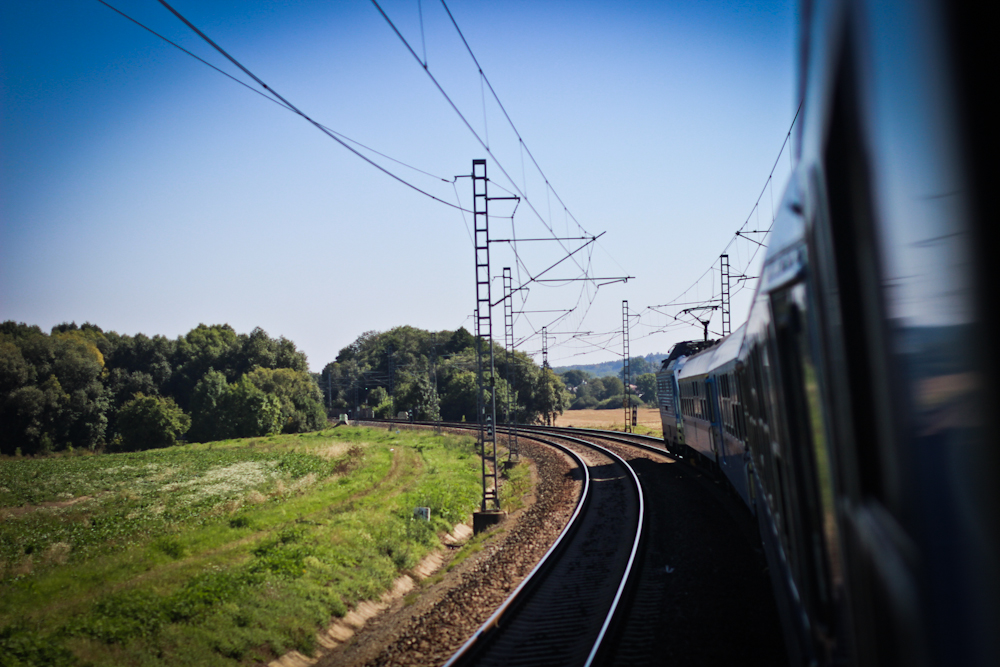
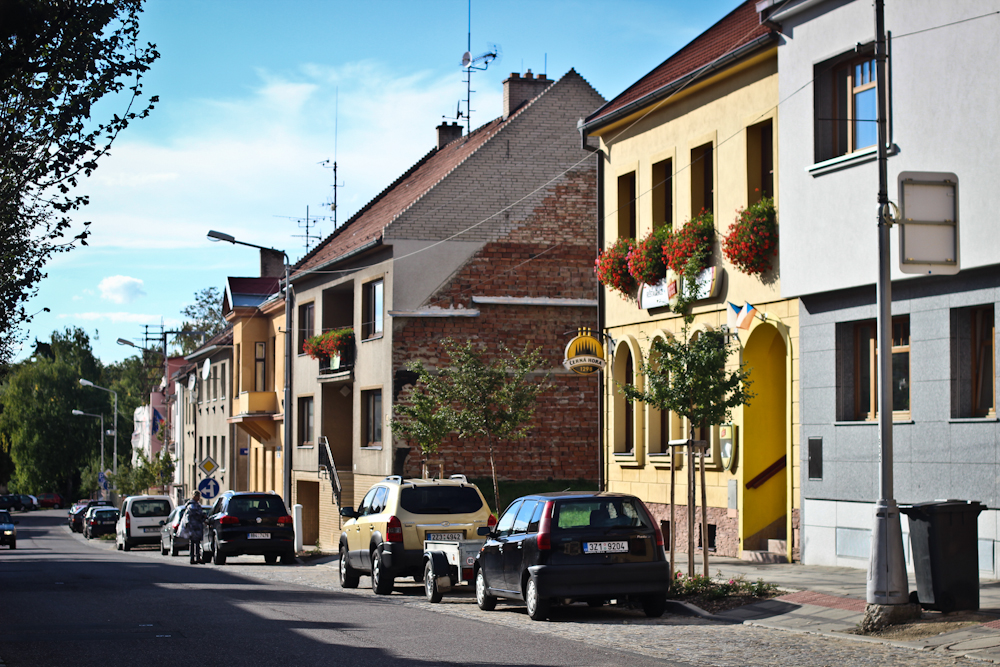
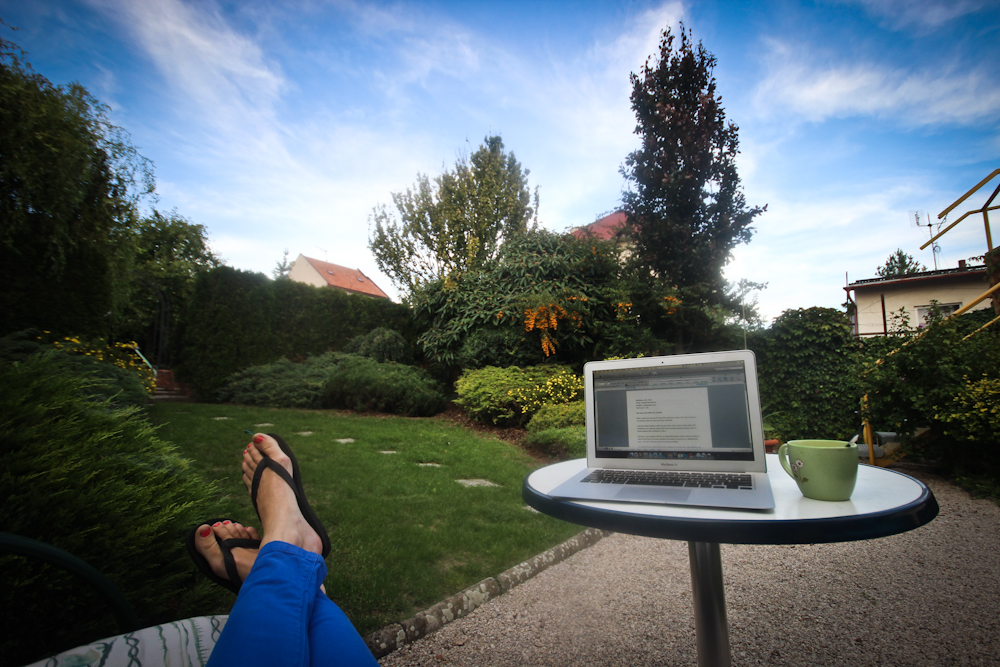
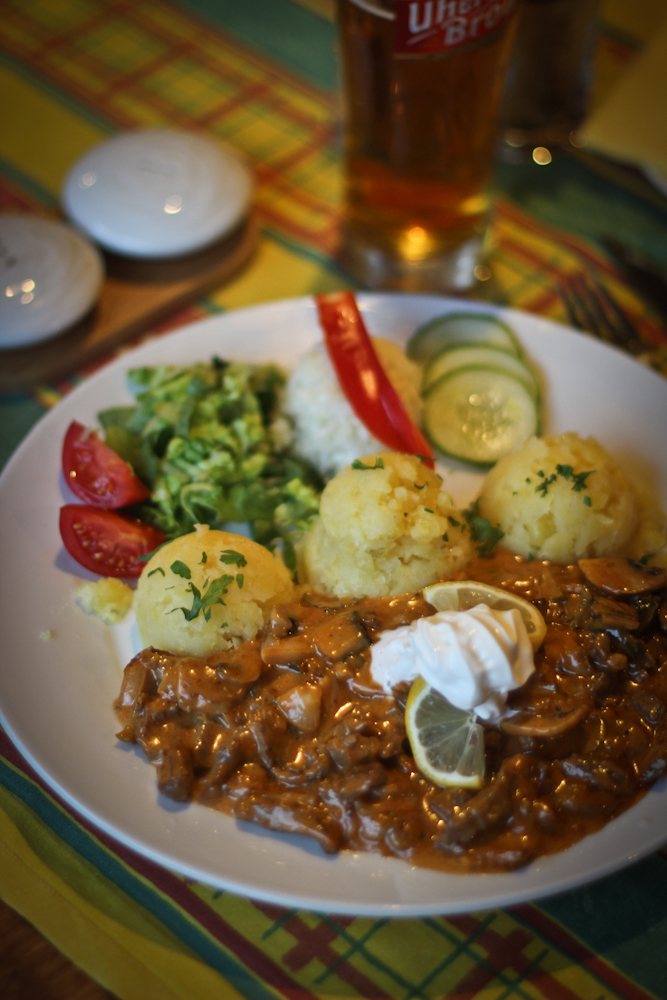
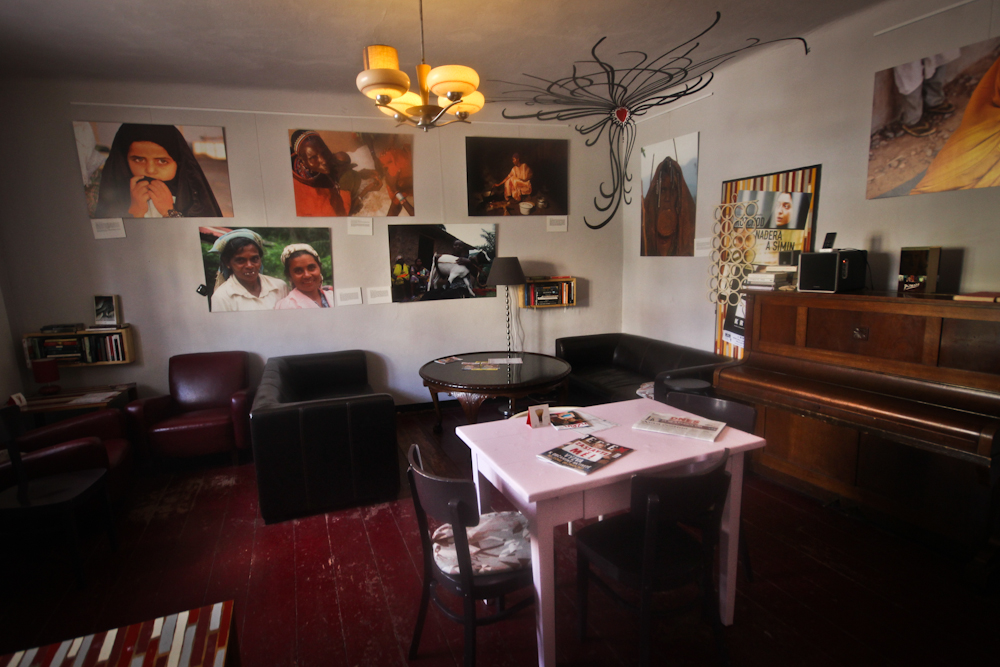
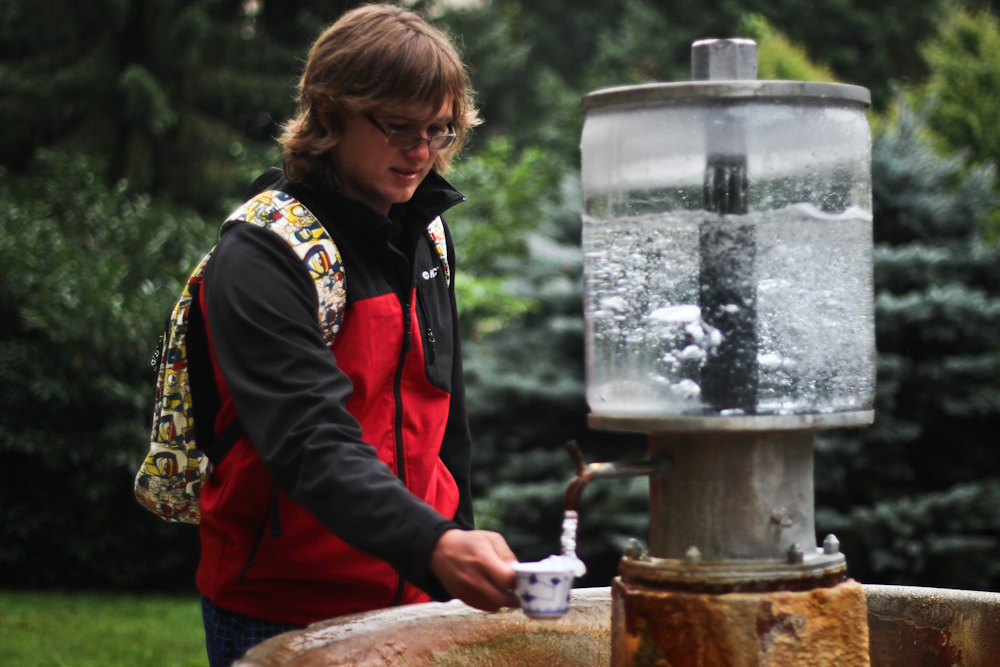
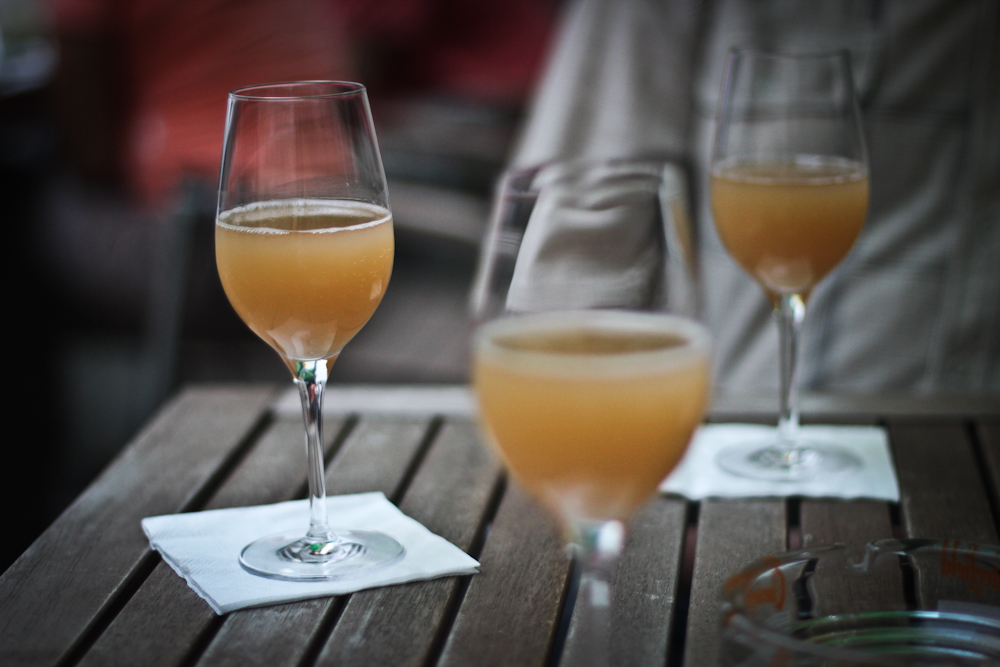
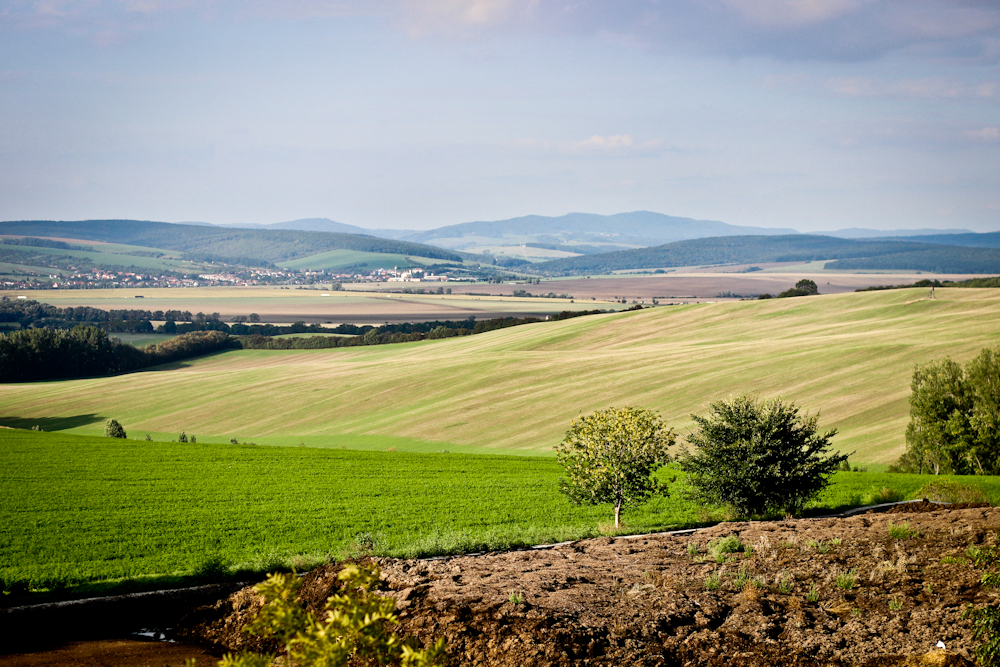
On the plains of Hortobágy National Park, Hungary
After saying goodbye to my mother in Vienna, I caught a bus to Budapest – but I didn’t hang around long. I had read about Hungary’s first and largest national park, Hortobágy, in a guidebook and was keen to spend a few days there. Besides being a UNESCO World Heritage site, Hortobágy also happens to be the largest semi-natural grassland in Europe, and its vast, open plains – which collectively form a steppe known as the Puszta – were once home to nomadic herdsmen and their livestock.
How to get there:
Hortobágy can be reached by both bus and train. For 2,725 Forint ($12), I took the bus to Hortobágy from Budapest Stadion station, changing buses once in the town of Eger. The entire journey took four hours and there was even free wifi available on the first leg of the trip (which made this blogger very happy). On the way back I caught the train, which cost 3,410 Ft ($15.50) and took three hours.
Where to stay:
While checking out the village of Hortobágy on Google Maps, I spotted Ökotúra Vendégház, a campsite and guesthouse located just at the edge of town. As I happened to be carrying a tent and sleeping bag with me, I opted to camp for 2,000 Ft a night ($9), which included use of the toilets and showers, electricity, and an open-air shelter with picnic tables and a mini-fridge. There are also rooms available in the guesthouse for 6,000 Ft a night ($27). The owner Mihál and his wife Elisabet couldn’t have been any more accommodating.
What to do and where to eat:
Try traditional Hungarian dishes such as slambuc, which the herdsmen used to make from noodles, potatoes, and bacon, at Hortobágy Csárda. Rent a bike from the campsite for 300 Ft/hour, or 1,500 ft for 6 hours. Visit the Hortobágyi Pásztormúzeum, or Museum of Herding, and learn about the herdsmen’s traditional way of life (admission is 600 Ft). At the Máta horse breeding center, hire a guided, horse-drawn carriage to take you through the Puszta and keep an eye out for Hungarian grey cattle, horned racka sheep, and herds of beautiful Nonius horses.
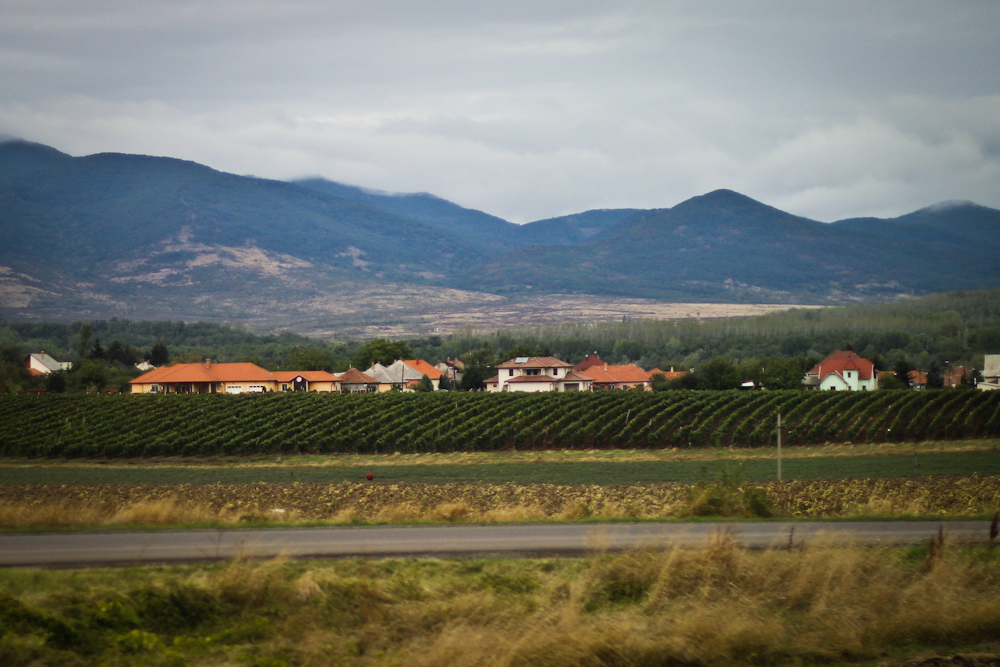
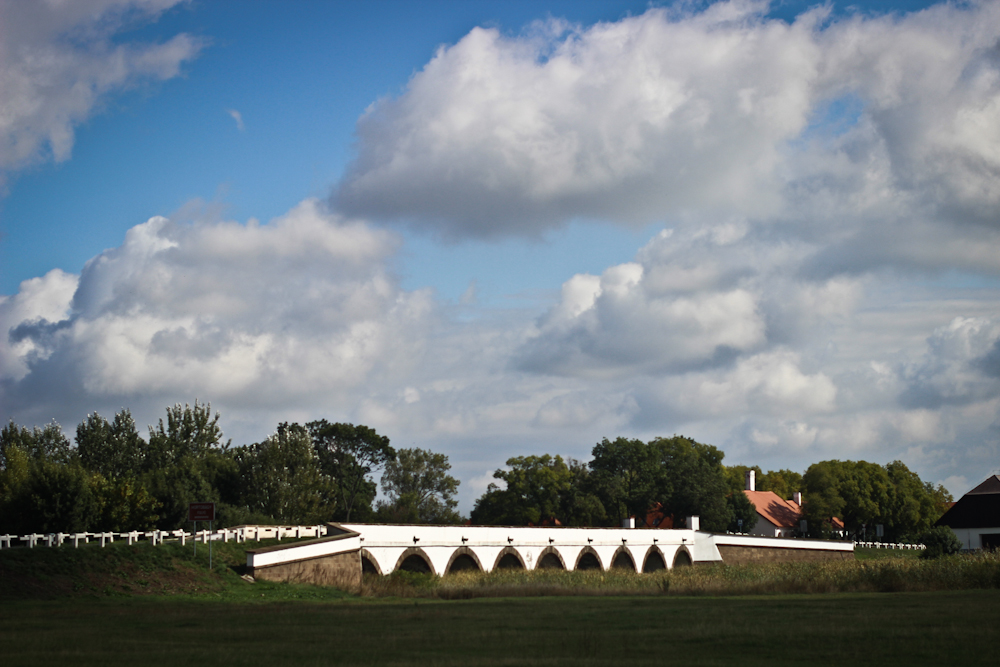
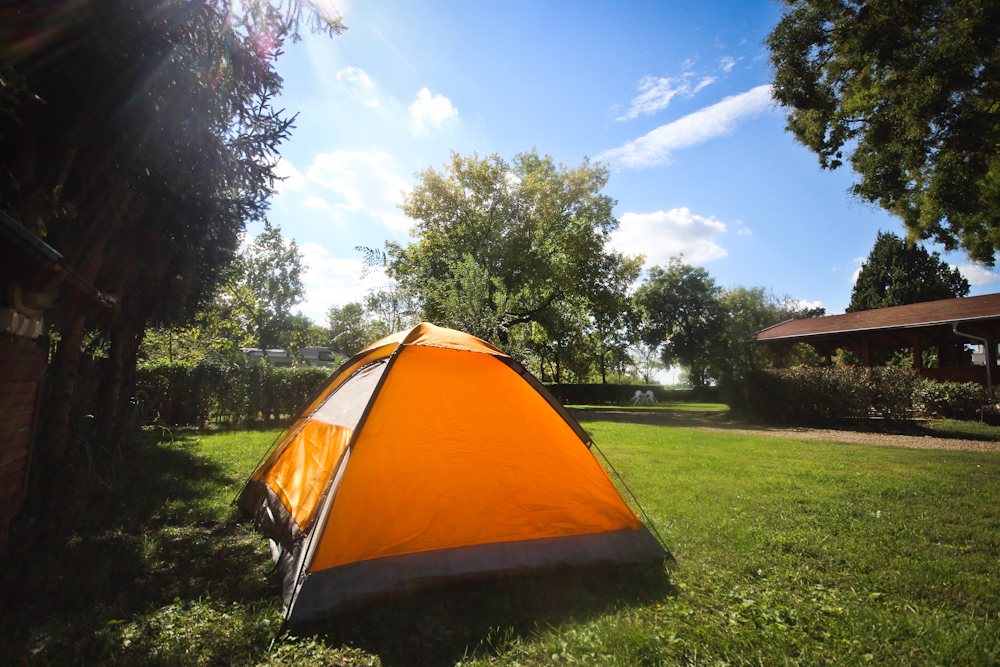
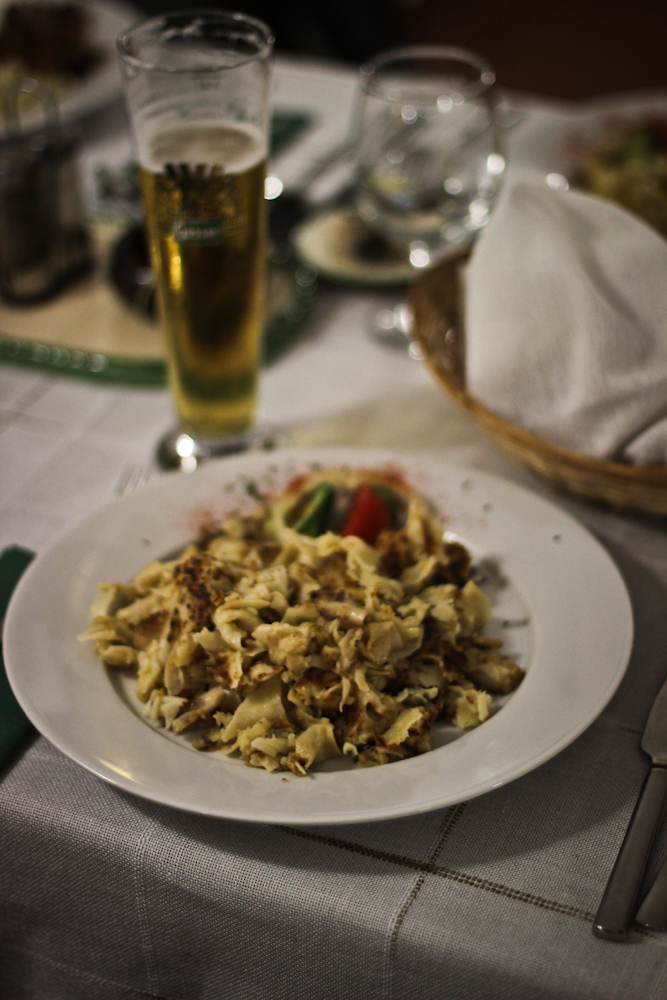
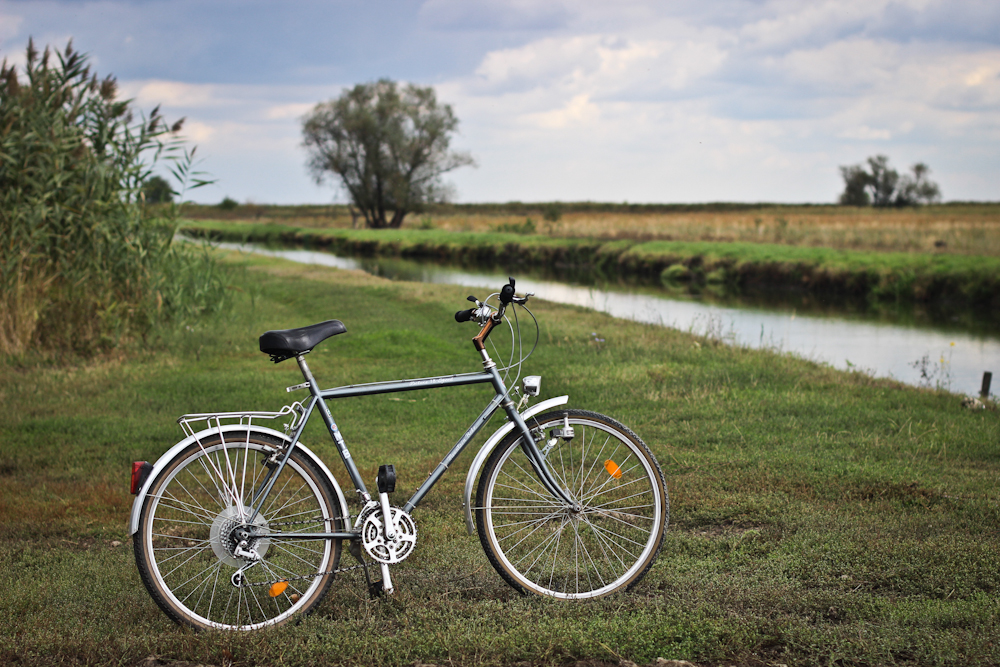
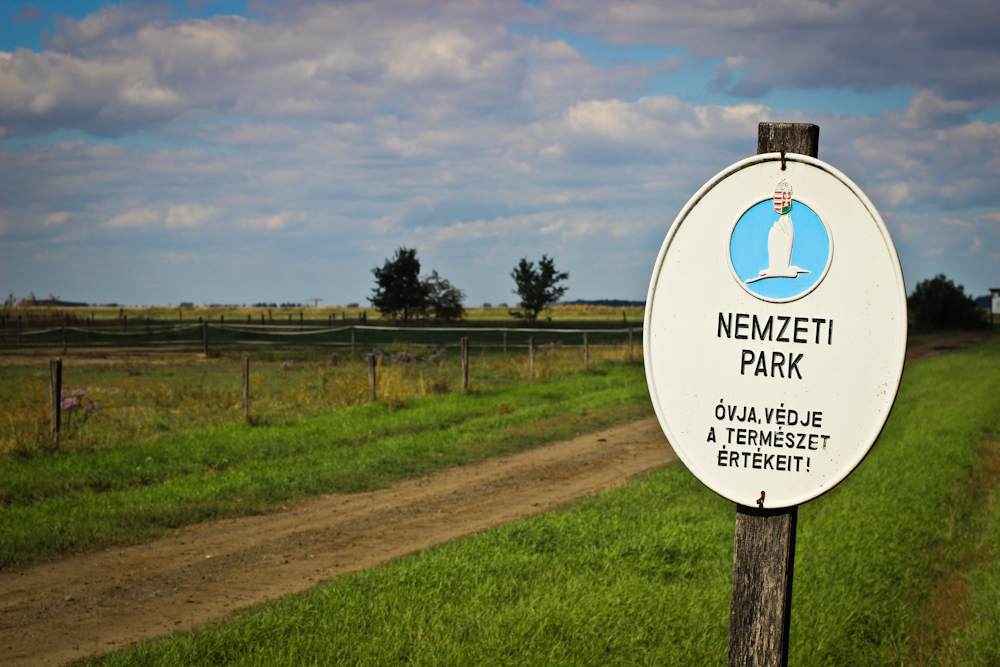
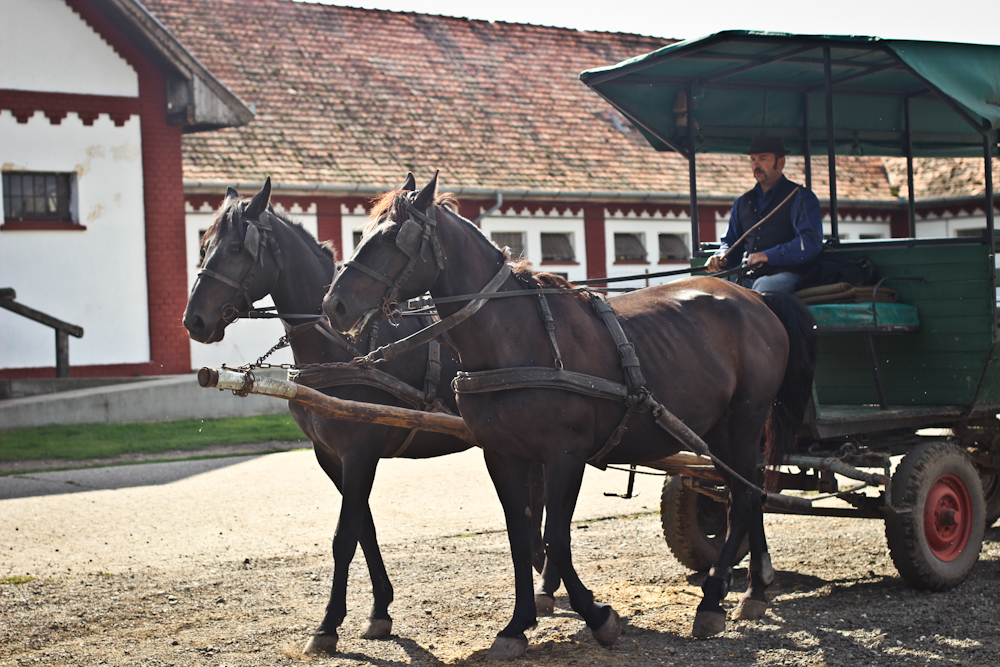
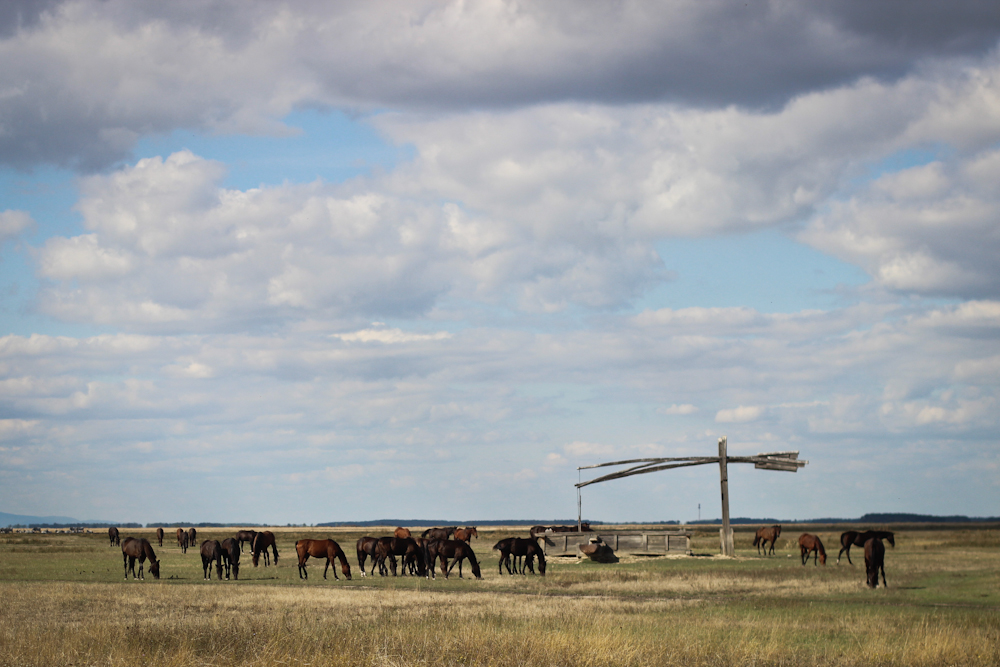
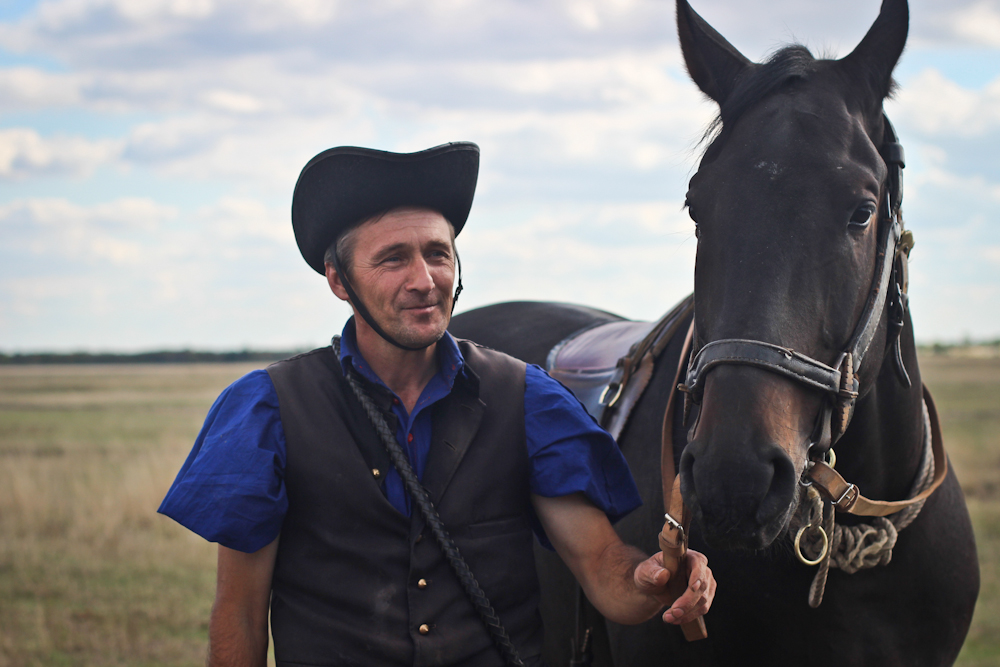
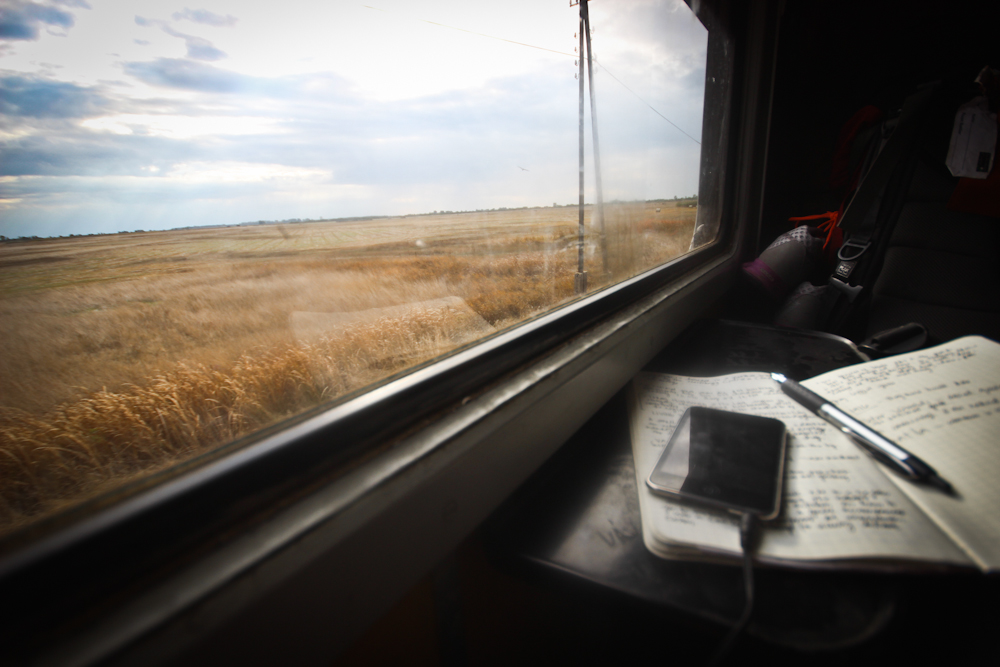
Beyond the bridge in Mostar, Bosnia
Okay, so Mostar isn’t exactly off the beaten path – and in the old town especially, it certainly doesn’t feel like it. Visitors from around the world flock to Mostar to see what the city is arguably most well-known for – Stari Most (“Old Bridge” in English), the 427-year-old bridge that was destroyed by Croat forces in 1993 and reconstructed in 2004. But I soon found that when you leave the cobblestoned streets behind for more everyday neighborhoods, you are welcomed into a world of family-run cafés and engaging locals – a world just waiting to be discovered.
How to get there:
From Budapest-Keleti railway station, I caught the Beograd Special train to Serbia, which cost 4,500 Ft ($20.50) and took eight hours. Once in Belgrade, I took a night bus to Mostar through the Croatian travel company Globtour (for €29/ $40). We left at 10pm and arrived the next morning at 9am. You can book your bus ticket online, just be sure to print out a copy. I’m afraid I caused the bus conductor much undeserved duress by only having the e-ticket saved to my laptop.
Where to stay:
For €10/$14 per night, I had a private room with shared bath at Denino. It is essentially a homestay run by an endearing retired woman named Majda Begić, who rents out four bedrooms in her centrally located apartment. The price includes a small breakfast (usually coffee and a pastry) and Majda also did my laundry for no extra charge both times I stayed with her. She would often point to herself and say “Mother” – after being on the road for several weeks, I was tremendously grateful.
What to do and where to eat:
Start your day with a “coffee Bosnia” at Café Bife Kod Biše on Adema Buća Street. Walk down the Bulevar, or what served as the fireline in the Bosnian War; the contrast between reconstructed buildings and those still in rubble is sobering. Take a daytrip to Blagaj and sample the spring at the head of the Buna River, where there is also a 16th century Tekija (or Dervish monastery). Rent a car and head out of town to explore the Drežnica canyon. And finally, do make time for Stari Most, crowds and all. When you’ve had enough of shouldering your way through tour groups, dine al fresco at a number of restaurants overlooking the bridge.
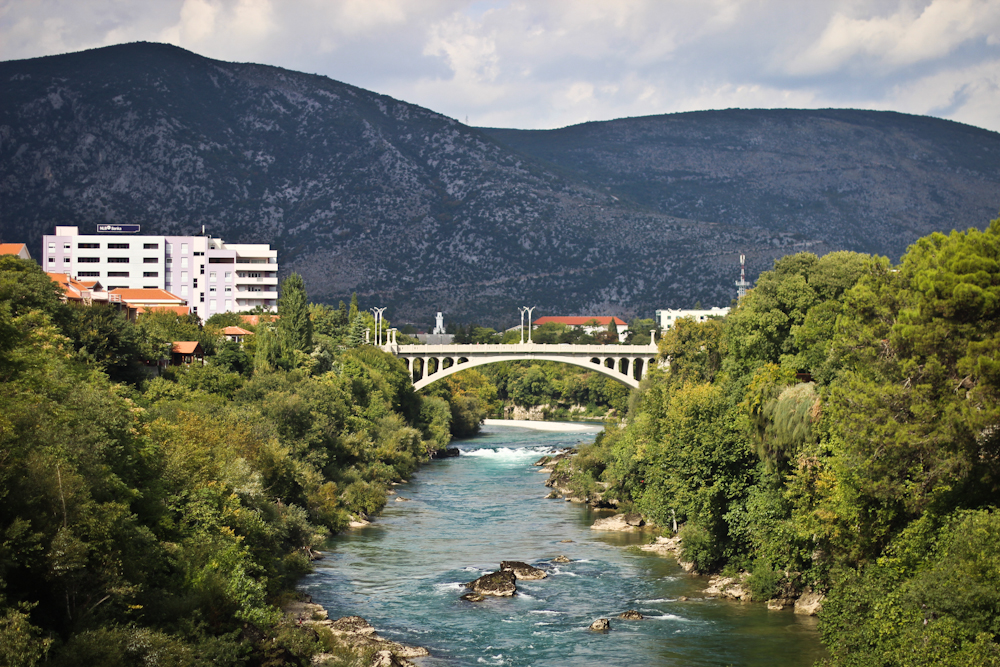

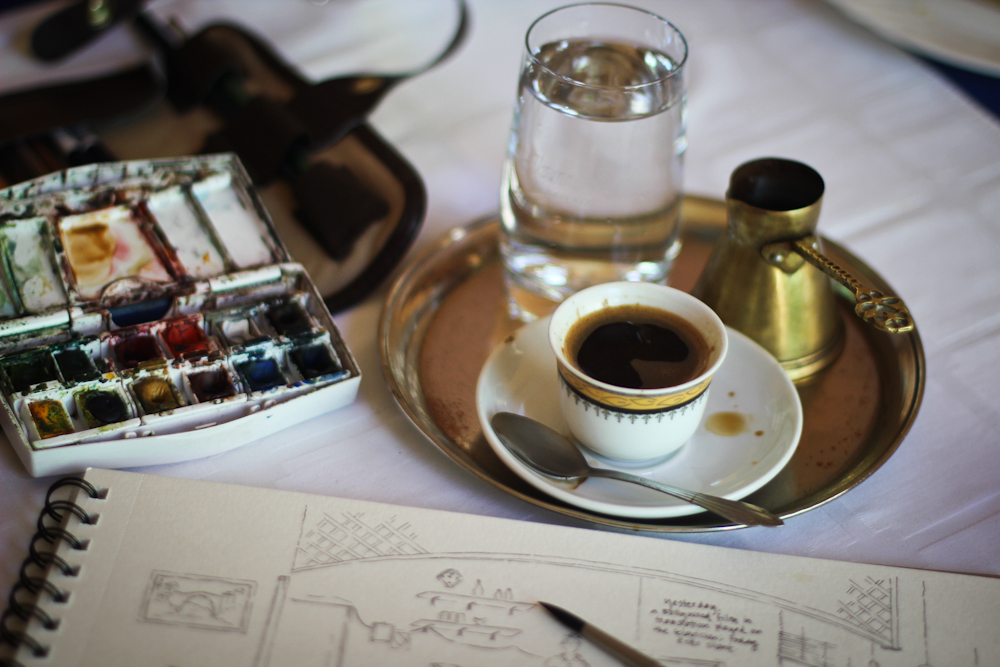
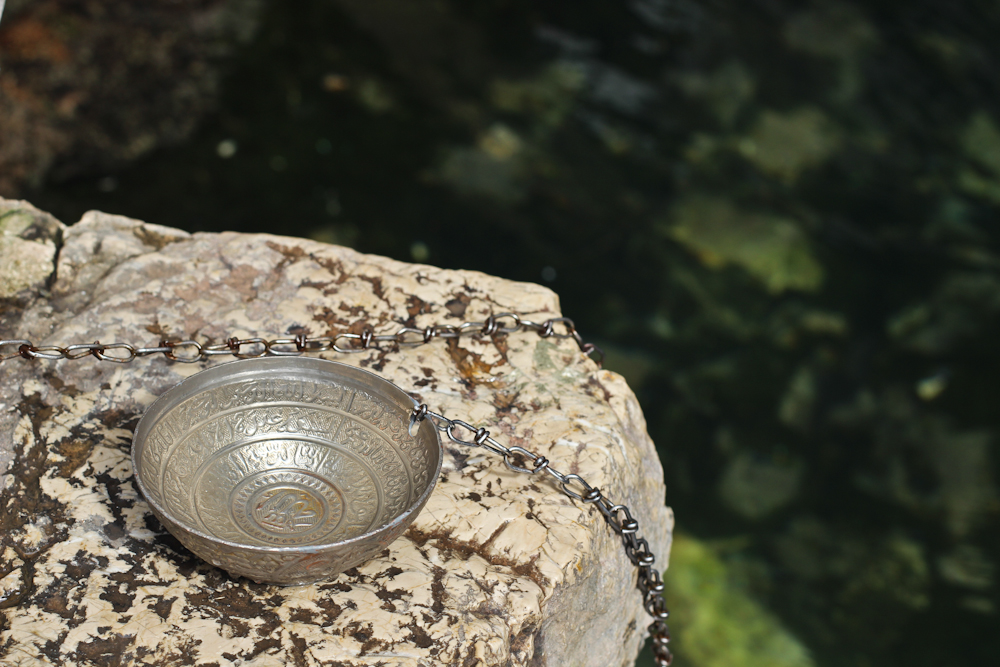
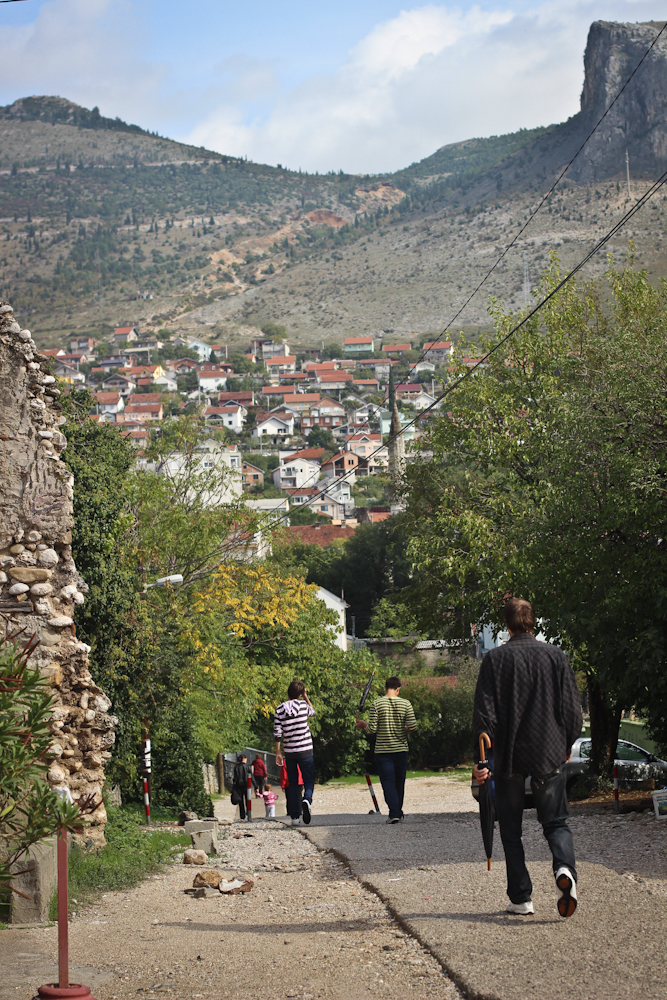
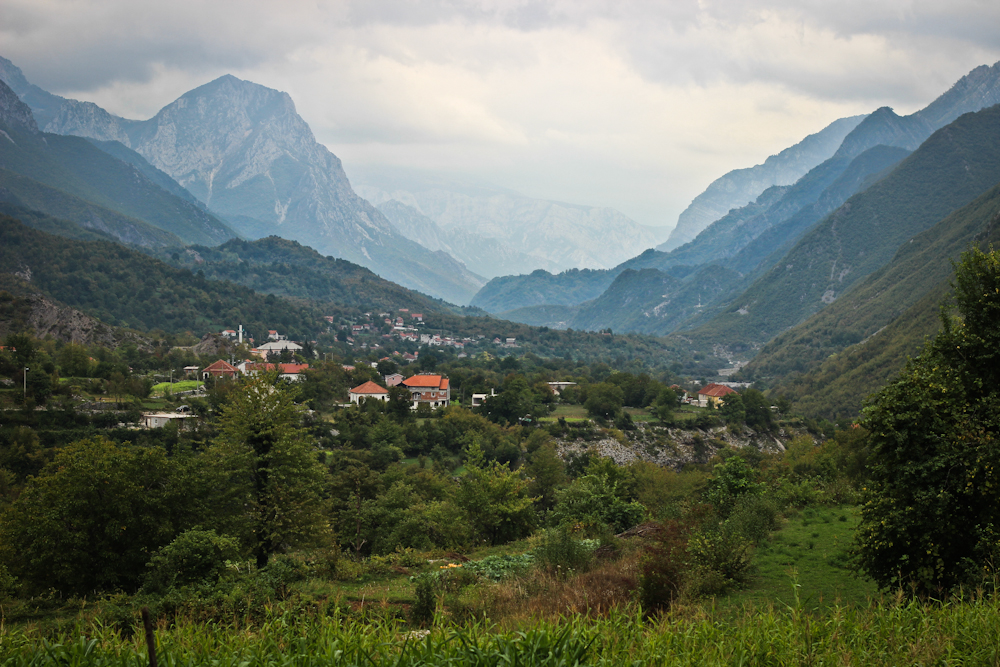
Island time on Iz, Croatia
If you happen to share my obsession for islands (did you know the official term for us is ‘islomanes’?), I have a feeling you’ll love the coastline of Zadar, Croatia, where it’s possible to explore an archipelago of rugged islands via a well-connected ferry system. I spent a week island-hopping here in 2011, so when I serendipitously found myself in Zadar again this October, I simply had to sneak back to my favorite island of Iž for a quick return visit. The island was just as quiet and pretty as I remembered it.
How to get there:
A daily catamaran ferry departs Zadar for the village of Mali Iž at 10:30am, which costs 20 Kuna ($3.50) and takes about an hour and 20 minutes. Stay on the ferry for another 20 minutes if you wish to visit the second village of Veli Iž. The ferry company is Jadrolinija and tickets can be purchased in their office on the harbor-facing side of Old Town Zadar.
Where to stay:
Five minutes from Mali Iž I found a simple private room at Restoran Knež, which rents out several apartments in addition to serving up delicious Dalmation fare. Although prices aren’t listed on their website, I believe we agreed on 600 Kuna for three nights, or about $35 a night (I say ‘I believe’ as this is one detail that didn’t make it into my notebook…my apologies!). You could also stay in the bigger village of Veli Iž at Hotel Korinjak, apparently the only vegetarian hotel in the Adriatic (I tried their food in 2011 and it was quite divine). During the summer months, they offer yoga, Tai-Chi, and guided meditation, and run several health and wellness workshops called “Vacation for the soul.”
What to do and where to eat:
Feast on the catch of the day at Restoran Knež. Dip your feet in the Adriatic. Chat with local fisherman as they repair their boats and head out to sea. If you’re staying in Mali Iž, walk to Veli Iž – it’ll take about an hour – and visit the home of traditional potter Pedrag Petrović (who also goes by Pepi). His house is marked by a wooden sign reading Iska Keramika and has a display room featuring his work. End your day with an espresso or white wine spritzer at Caffe bar More.
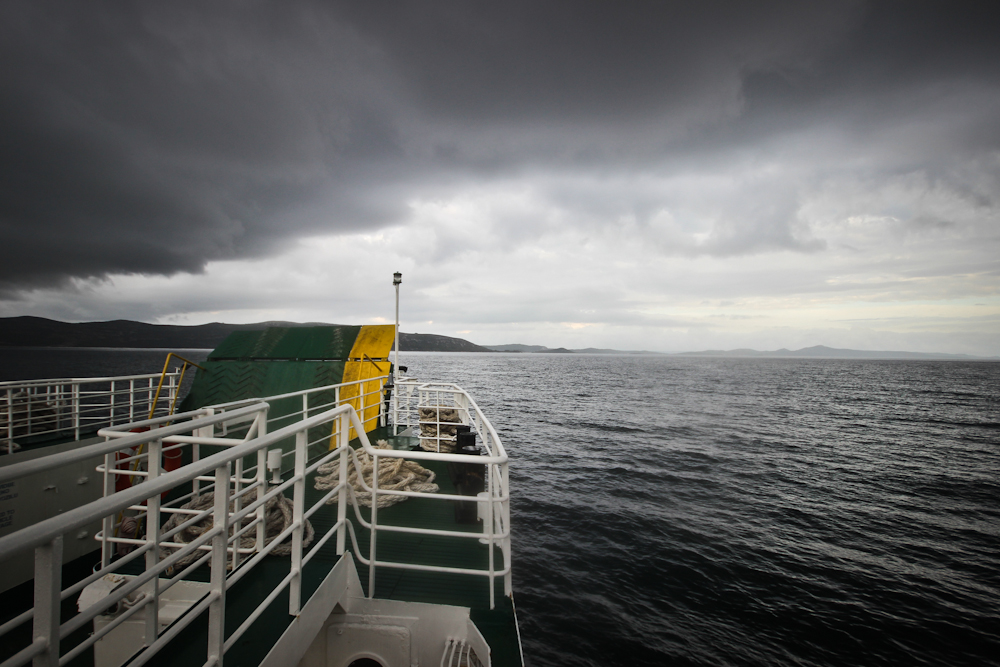
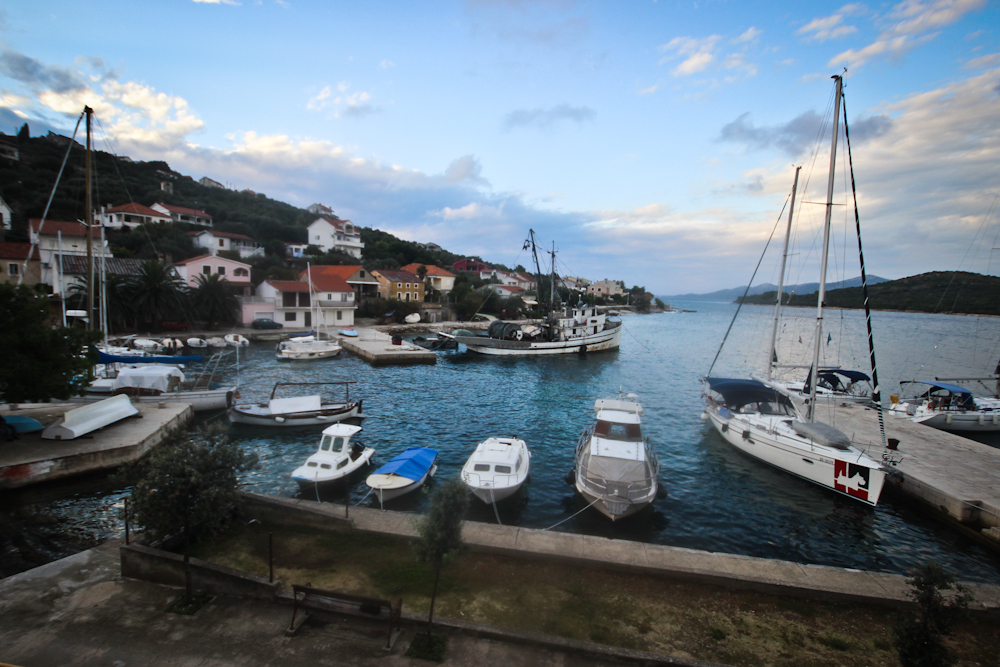
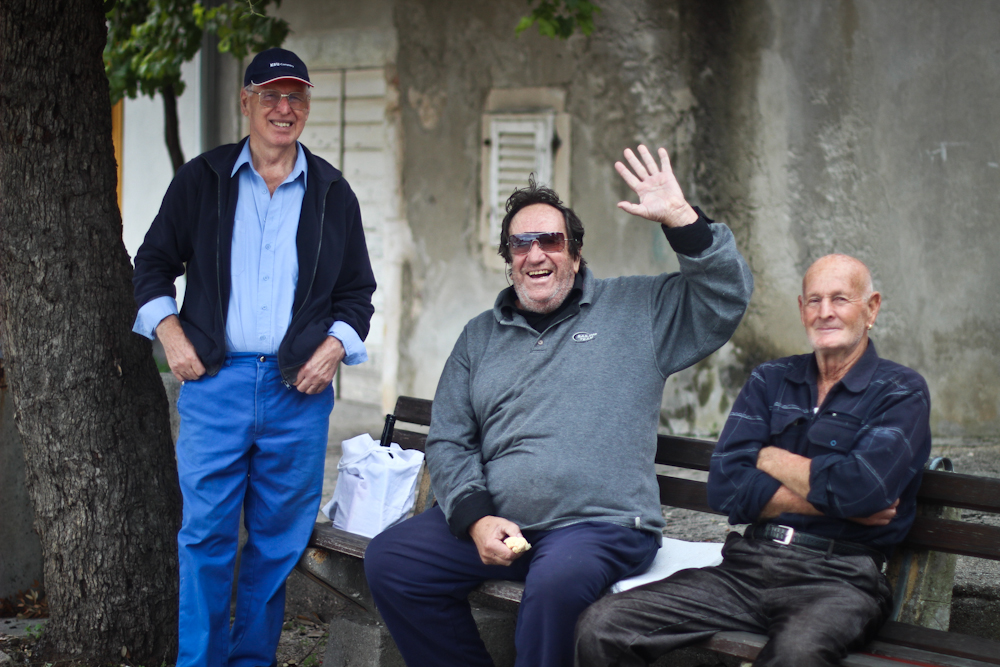
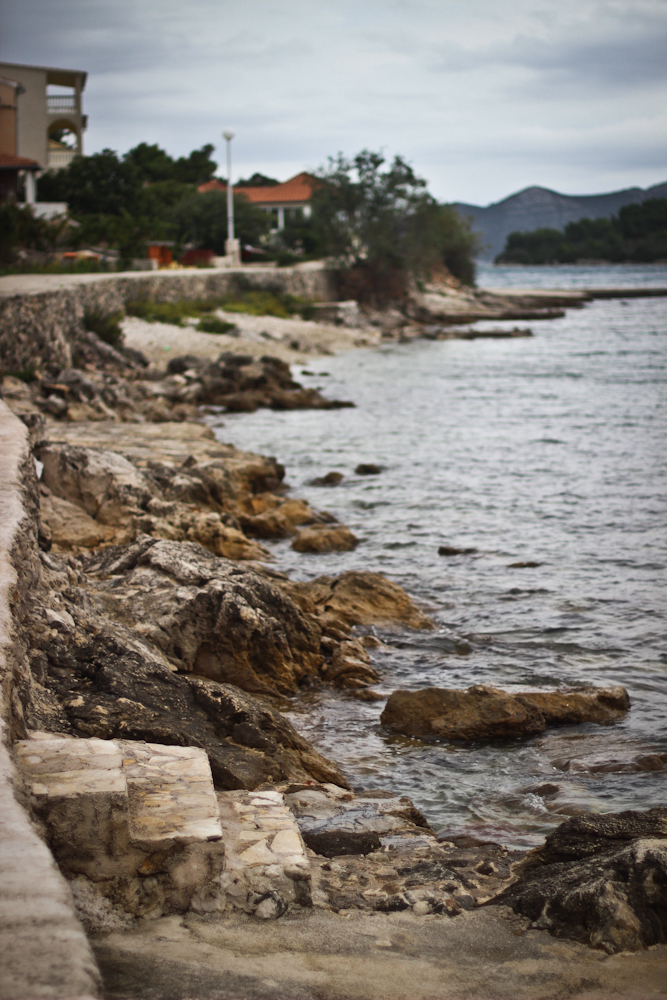
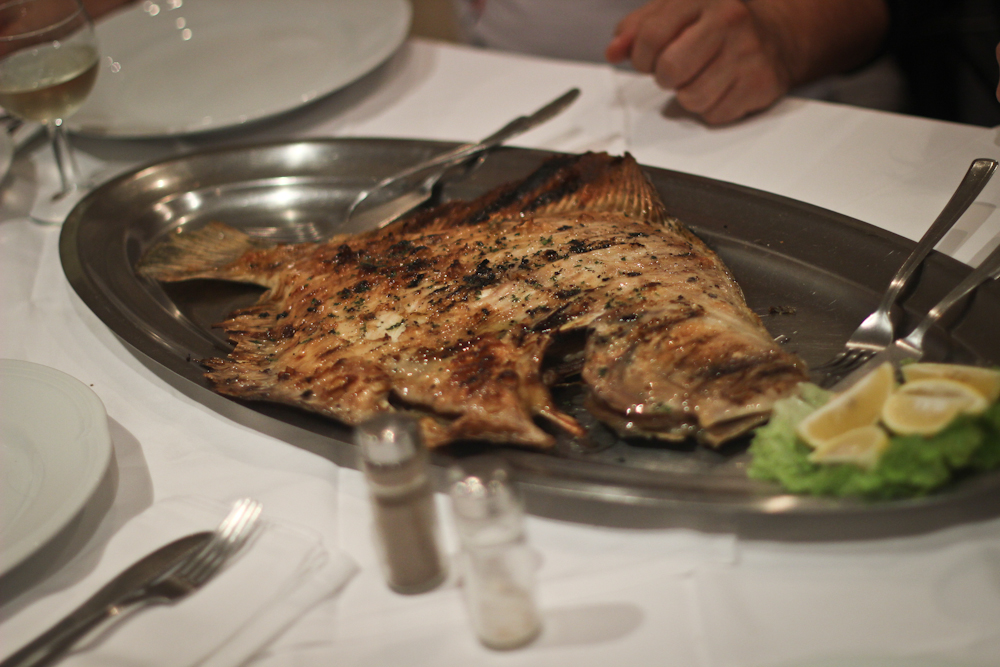
Big city charm in Sofia, Bulgaria
Like Mostar, the Bulgarian capital of Sofia isn’t quite what you’d call unchartered territory, but again, I’m including it here because of how easy it is to lose yourself in its artsy neighborhoods and boulevards. The city surprised me with its creative energy – from street art and stylish cafés to a photography exhibit opening, where a woman I met on the train from Belgrade was doing an improvised violin performance.
How to get there:
After taking a bus back to Belgrade, I then caught a night train, which cost 2,389 Dinar ($28.50) and took about 9.5 hours. Sofia is also easily reached from Istanbul, so keep that in mind if you find yourself in Turkey and fancy a side trip to Bulgaria (like fellow blogger Audrey Bergner recently did). My night train from Sofia to Istanbul cost 40 Lev ($28) and took 14 hours, including the stop at 3am where we had to disembark and buy our Turkish visas in the freezing cold. Adventure!
Where to stay:
In a city as creative as Sofia, it only makes sense to stay at the Art Hostel. It was recommended to me twice by Bulgarians I met along the way, and I shall now pass on the recommendation to you. One night in a 10-bed dorm set me back 20 Lev ($14) and although the basement bar was a bit noisy after hours, the hostel more than made up for it in atmosphere and location. Plus, you know any place with the tagline, “Usually we spend our time in the garden,” is bound to be a good one.
What to do and where to eat:
Wander down leafy San Stefano Street. Check out the latest exhibit at café-gallery Plus Tova (+това). Stare in wonder at the Saint Alexander Nevsky Cathedral, one of the largest orthodox churches in the world. Spend HOURS (I’m serious…I did and highly suggest you do the same) at Veda House, an Indian restaurant and teahouse just down the street from the Art Hostel. Its second floor is decked out with low tables and floor pillows, all the more perfect for lingering over a pot of tea and good book (or in my case, sketching projects).
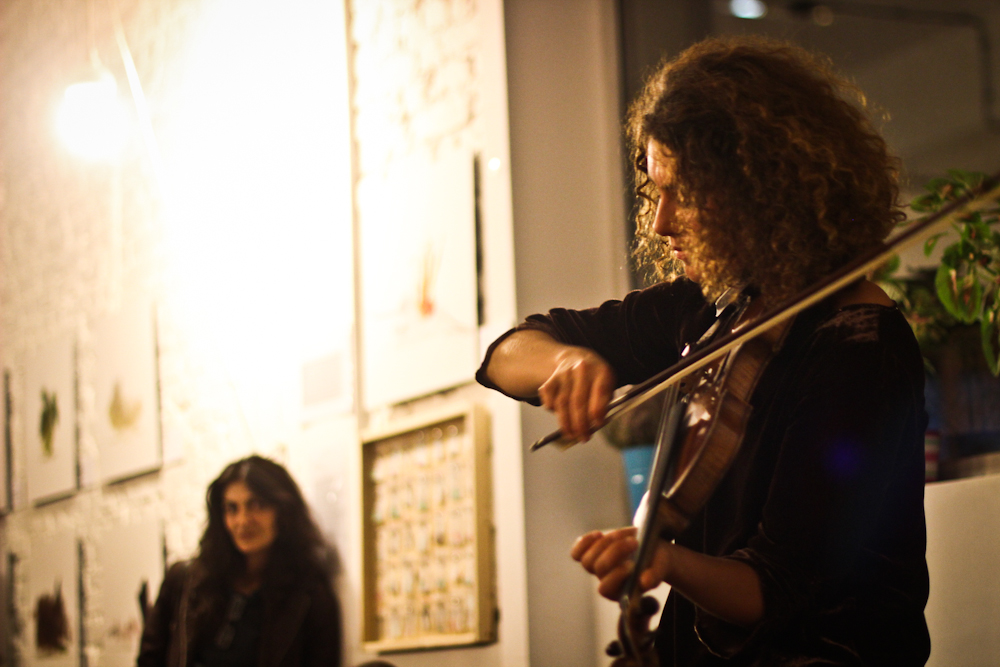
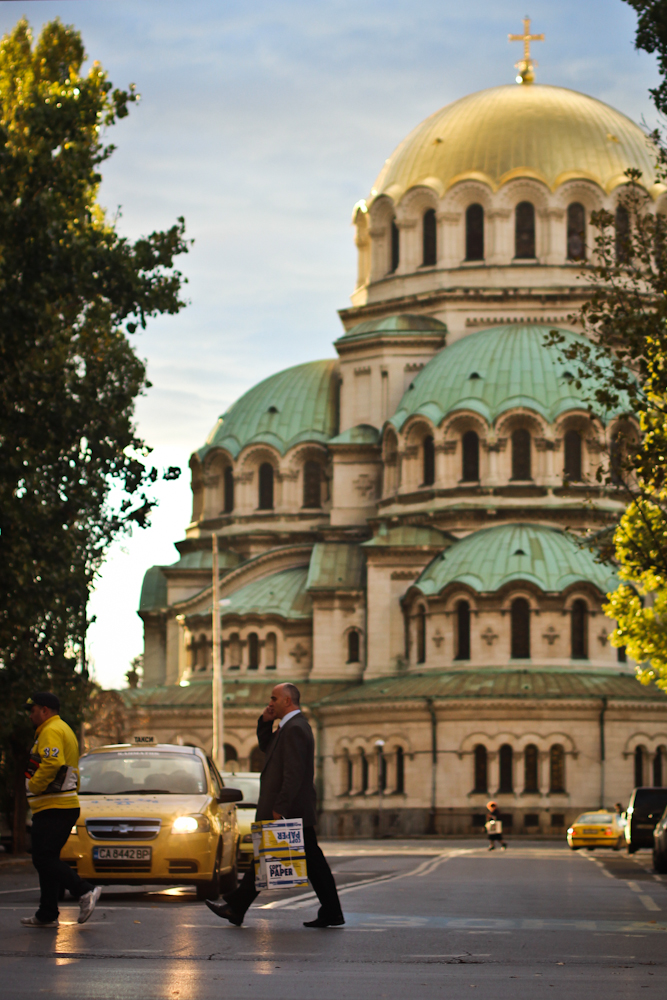
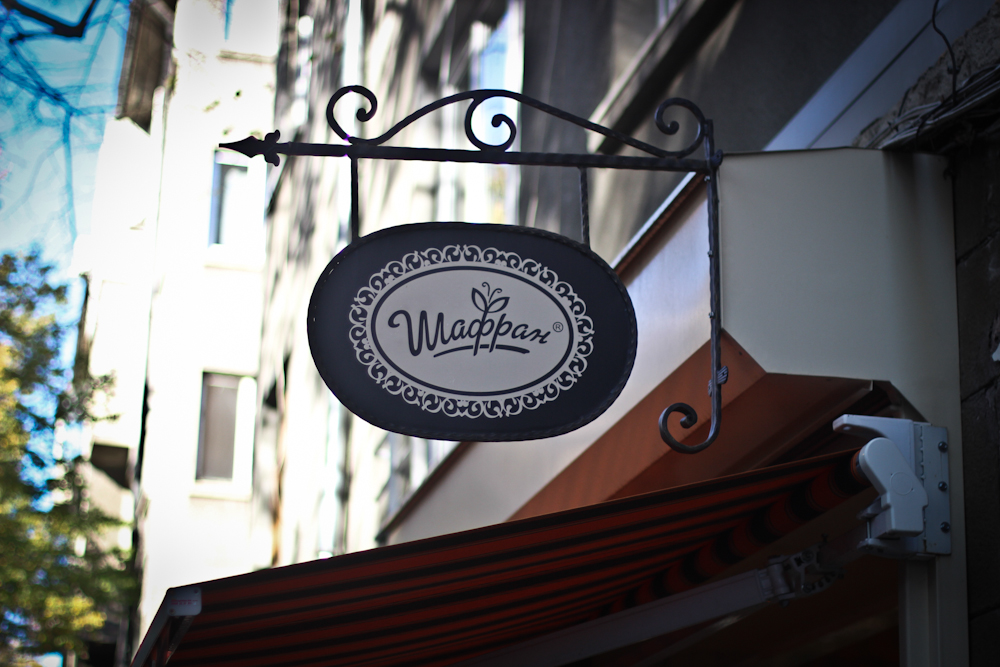
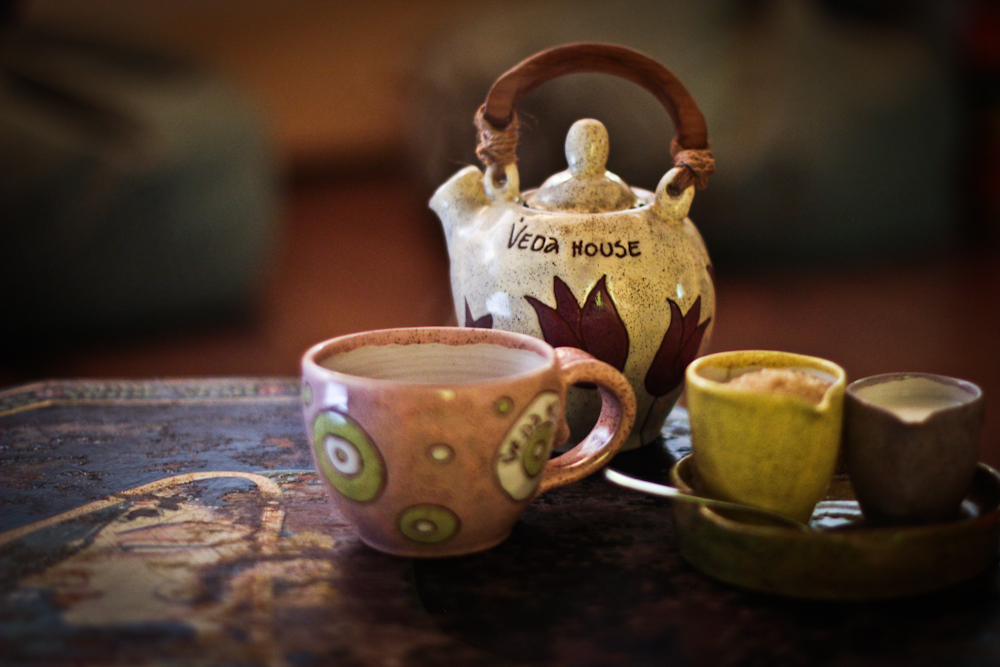
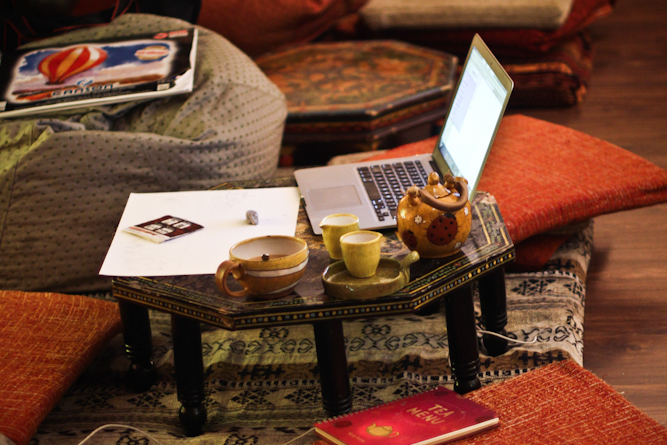
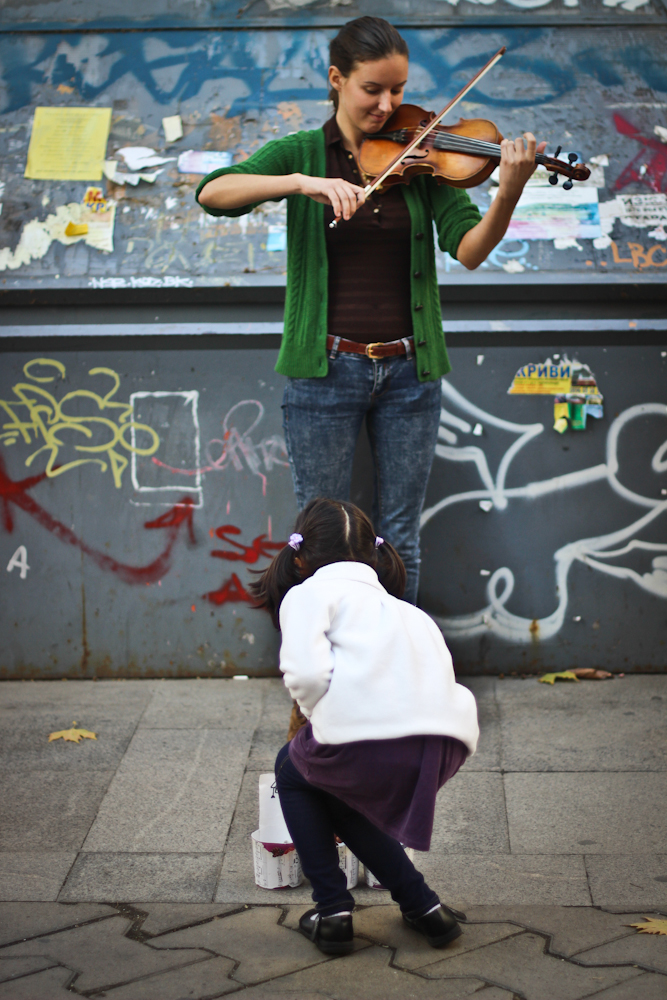
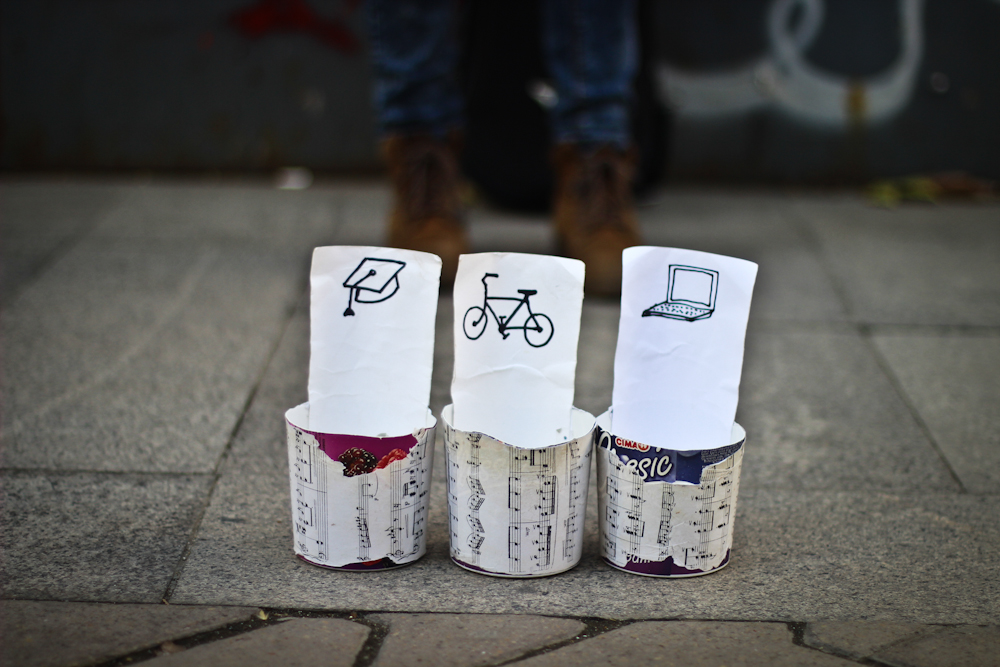
One last note about transport
I found Eastern Europe and the Balkans to be wonderfully easy and flexible to navigate. In India, train tickets needed to be booked months in advance, given how fast they could sell out. What I really appreciated about this last trip was that I had a bit of flexibility, and if I wanted to stay longer in a place (or leave sooner), it was easy to do so. All of the bus, train and ferry journeys referenced here were booked no more than a day in advance. In many cases, I simply showed up at the terminal half an hour to an hour early – if I knew when departure times were, that is.
Have any other questions about traveling in Eastern Europe and the Balkans that I can help with? Feel free to ask them below!

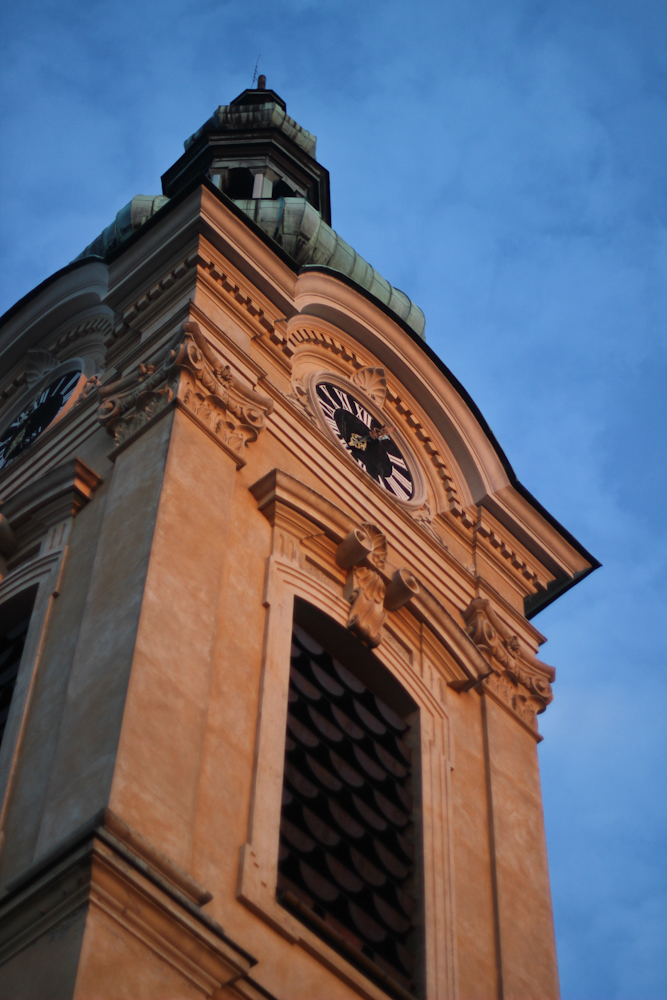
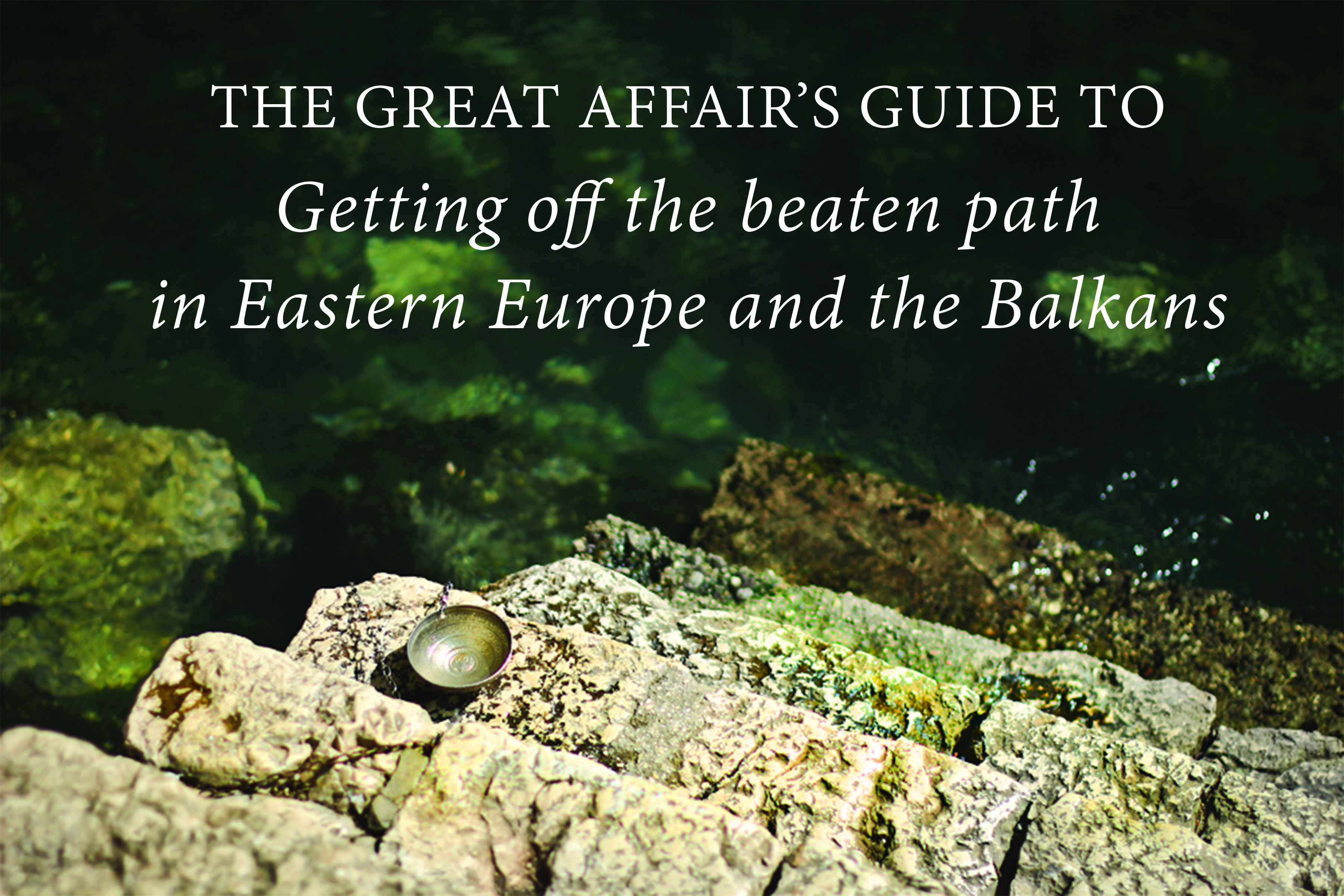

It sure looks amazing! I’ve been to the Czech Republic before and loved it, but would love to head east to some of the places included in your travel guide. The photos just make it look so beautiful.
Thanks, Lauren! I’m so glad to hear that you loved your time in the Czech Republic – whereabouts did you visit while you were there? And I’m thrilled this post has given you a few ideas for future adventures – definitely keep me posted if you make it to any of the spots 🙂
I loved those cities. Prague is gorgeous. Sofia is special, since it’s not as touristic as e.g. Prague.
Having been to Prague once before, I knew how beautiful it would be – which is why I think Sofia surprised me so much. I had no idea it has such a great energy, and some of the orthodox churches I passed were just stunning. I definitely can’t wait to return one day and spend more time there 🙂 Thanks for reading, Anja!
This has certainly reignited my desire to go visit Eastern Europe. It started to fall off of our plans due to money, time and re-thinking our plans, but I’m feeling this strong pull to go anyway. I think we can make it work….I think.
You know how happy I am to hear this 🙂 I’m right there with you on having limited money, but the Balkans especially blew me away with how affordable travel there was. My budget for this trip was $40/day and I had no problem sticking to that, if not coming in below it. And after your recent transport (mis)adventures in Laos, I think you’ll appreciate that navigating the region by bus and train couldn’t be easier 😉
Oh! And I hope this goes without saying, but if I can ever be of help with ideas, tips, anything, please let me know 🙂
This looks beautiful! Definitely inspired to visit.
It really was, Victoria! I hope you and Steve get a chance to visit the region soon 🙂
What a beautiful resource this is, Candace! I agree that while it is nice to visit the big popular cities and there is certainly value in doing that, there is also something really rewarding and soul-satisfying about sneaking off into places that others overlook and discovering their ample charms. Even knowing others have been there before you, it does make one feel a bit more intrepid and a bit like we have discovered something all our own. That act of discovery really is such a rewarding and vital part to travel and it’s harder to do so on such a deep level when you are simply treading the same paths as all the hoards.
We haven’t made it to Eastern Europe yet, but when we do, I’ll definitely be referencing this.
Thank you so much for this, Steph! I’m really glad you found the guide helpful, and can’t wait until you and Tony have a chance to explore the region for yourselves. After my own time in lively, colorful Southeast Asia, I wasn’t sure how Eastern Europe would compare – but I think you’ll find it just as fascinating 🙂 The Balkans await you, my friend!
was just there this summer. Czech republic and croatia are hidden gems. so much cheaper too!
Indeed they are, Gabriel! And yes, I popped over to Dublin for a week halfway through my time in Eastern Europe and the jump in prices was a true shock to the system 🙂 Thanks for reading!
Love the post – makes me want to go back and explore more of Eastern Europe! I just got back and loved it. If you want to check out some places I went, here’s a link: http://www.thetoastyavocados.com/cool-shit/2016/1/18/8-reasons-why-traveling-through-eastern-europe-should-be-on-your-bucketlist-winter-edition
Thanks again for the great post!